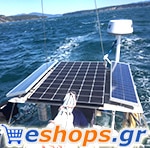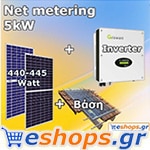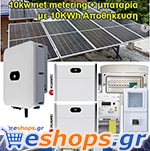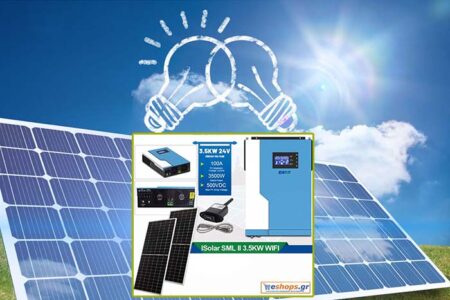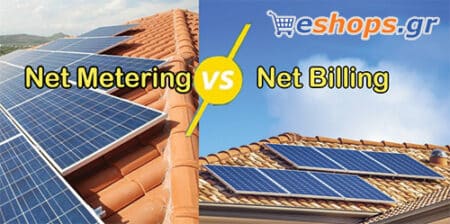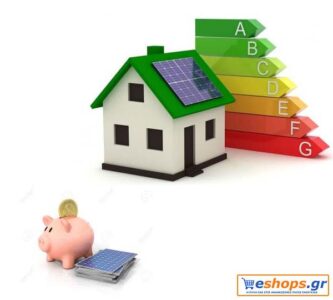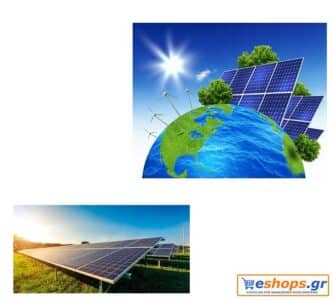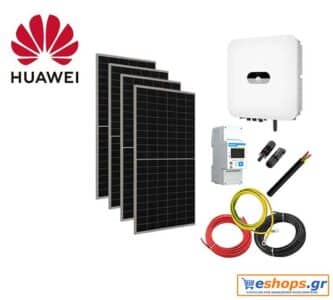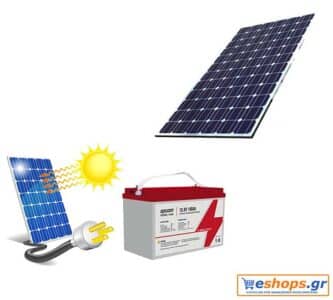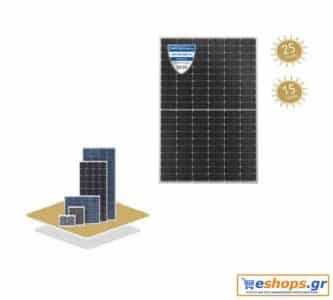Classification and synthesis of photovoltaic systems
Depending on whether it is connected to the network, Solar photovoltaic systems are divided into two categories:
- off-grid systems
- and networked systems. Off-grid systems can be further subdivided into stand-alone photovoltaic systems and hybrid power systems.
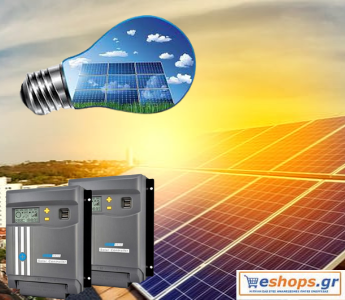
Photovoltaics - Classification and synthesis of photovoltaic systems
Independent photovoltaic systems generally use solar energy as power supply to communication base stations, solar street lights, remote mountain power supply and other cases. The composition of the system mainly includes solar panels, inverters, controllers, batteries, power distribution systems, lightning protection and earthing systems, etc. Among them, energy storage equipment (batteries) and controllers are the main factors that affect the cost and life of the system. In addition to solar cells, the hybrid power supply system also includes oil generators or fans, etc., and uses solar energy and other energy sources as a power supply.
Network technology is generally used in solar roofs and photovoltaic power stations big scale. The grid-connected photovoltaic system does not require energy storage equipment and the cost is low. The main components include solar modules, inverters, power distribution systems, lightning protection and earthing systems and monitoring systems. Currently, grid-connected systems account for 80% of all solar applications.
Other technologies of photovoltaic energy production
In addition to solar photovoltaic cell technology, inverter technology, grid connection technology, energy storage technology, intelligent monitoring technology and other technologies are related to the implementation and development of solar photovoltaic power generation systems. The reasons are: first, the output power of the solar cells will change with the change of the intensity of the sunlight radiation, which is interrupted. In addition, the large-scale connection to the network will have an impact on the electricity network. It is very important to check the network connection and island protection. Second, the output current of the solar unit is direct current, which must be converted to alternating current by the inverter, which requires a relatively high quality of inverter power. Third, the output power of the units is affected by factors such as temperature and shading, and there will be a problem of photovoltaic power mismatch. Therefore, the system monitoring and alarm system is an important technical link. Finally, since most photovoltaic plants are located in remote areas, remote control technology is also very important.
My country is already a leader in the world in terms of quality and scale of production of solar units. From the point of view of the entire industrial chain, the high points of profit are concentrated in the high-tech links, such as the cleaning of silicon material, the converter and monitoring system and the construction of photovoltaic equipment. The challenge facing my country's photovoltaic industry is how to innovate in these key technical areas.
Current Status and Prospect of Solar Photovoltaic Production
Due to the high cost, the production of solar photovoltaic energy has not developed on a large scale since the creation of this technology until the end of the last century. In the new century, with the improvement of electricity generation efficiency and the rapid reduction of costs, the technology of solar photovoltaic energy production started with rapid development and the installed power is increasing year by year. Total annual global installed capacity increased from 1,4 GW in 2000 to 22,8 GW in 2009. Among these, the European countries represented by Germany, Italy and Spain are the largest consumer markets. The EU also plans to increase the share of solar energy in total electricity supply to 12% by 2020. Developing countries such as China and India have also launched solar development plans. In addition to the application of solar communication base stations, solar roofs and solar power stations, the production of solar photovoltaic energy has also been widely used in the supply of various mobile terminal equipment.
As an auxiliary and complementary energy, solar photovoltaic technology has initiated rapid growth and the cost of energy production is also declining rapidly. With the advancement of technology, solar energy, as a clean energy and renewable energy, will surely become one of the important energy sources for sustainable development.










